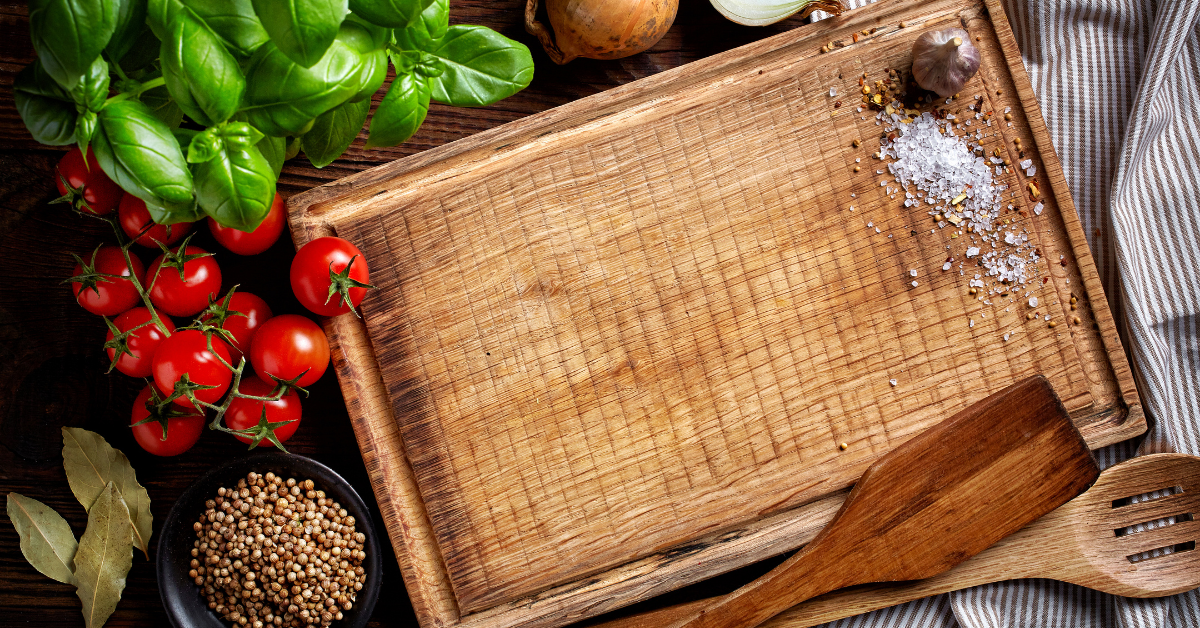Dynamic Duos in Nutrition: Increase Absorption by Combining These Key Nutrients

When we eat throughout the day, our bodies digest the carbohydrates, protein, and fats in those foods into tiny nutrition building blocks that can be used to provide us with energy and repair our muscle tissues. Those foods also contain micronutrients, or vitamins and minerals, that are incredibly important for many different chemical reactions that occur every day inside our bodies. Without all these different nutrients, we would not be able to function!
Did you know that some foods, especially vitamins and minerals, are better absorbed by your body when eaten together with another nutrient “partner”? Keep reading for four nutrient combinations that will help your body get the most absorption possible from your meals and snacks!
Vitamin C and Iron
There are two types of iron: heme (found in animal products) and non-heme (found in plant foods like vegetables, legumes, and whole grains). Iron plays an important role in delivering oxygen to cells and without enough iron, one might feel tired and out of breath. However, our bodies absorb less non-heme iron than heme iron. Vitamin C, found in many fruits and vegetables (strawberries, bell peppers, oranges, tomatoes), helps our cells absorb more non-heme iron.
Combo ideas: iron-fortified cereal and sliced strawberries; whole grain pasta and tomato sauce; orange juice and a spinach omelet; sauteed spinach and bell peppers
Calcium and Vitamin D
These two nutrients are power players for building strong, healthy bones. Vitamin D (found in eggs, salmon, and fortified dairy products) helps your body absorb calcium from food so that it doesn’t pull out calcium from your bone reserves instead. Low intake of calcium and vitamin D puts us at increased risk for osteoporosis as we get older, a condition characterized by weak bones that are prone to fractures. Fortunately, many calcium-rich sources (dairy, tofu, leafy greens, oranges) are commonly fortified with vitamin D to help us consume both nutrients!
Combo ideas: calcium and vitamin D-fortified orange juice (check the label as not all varieties are fortified); scrambled eggs and a glass of low-fat dairy milk; tofu and roasted broccoli
Lycopene and Dietary Fat
Lycopene is an antioxidant commonly found in tomatoes and watermelon that protects our cells from damage. It has also been shown to reduce risk for prostate cancer when consumed regularly. Cooked or processed tomatoes have more lycopene available for absorption than fresh tomatoes. Adding a source of dietary fat to a tomato-based dish helps boost our body’s uptake of this antioxidant.
Combo ideas: olive oil drizzled over a toasted baguette with bruschetta; sauteing vegetables for chili or tomato sauce in vegetable oil; a refreshing summer salad with watermelon, avocado, mint, and feta cheese
Complementary Proteins
Our bodies digest dietary protein into amino acids. Some amino acids can be made by the body (termed “non-essential amino acids”), while others cannot and therefore must be provided by the diet (“essential amino acids”). A balanced diet of animal and plant-based proteins will often contain all the amino acids necessary for the body to function. Individuals that consume little to no animal protein risk not consuming enough essential amino acids that are commonly found in animal protein sources. For this reason, animal sources (dairy, poultry, beef, eggs) are often called “complete” proteins, while plant sources (legumes, nuts, seeds, whole grains) are “incomplete.” The concept of complementary proteins is based on consuming a variety of plant-based proteins to get all the essential amino acids your body needs. Fun fact: you don’t need to eat them together at one meal to reap the benefits as long as they’re incorporated throughout the day!
Combo ideas: peanut butter on whole wheat bread; a burrito with black beans, rice, and veggies; chicken stir-fry with cashews and edamame


 Home Base
Home Base